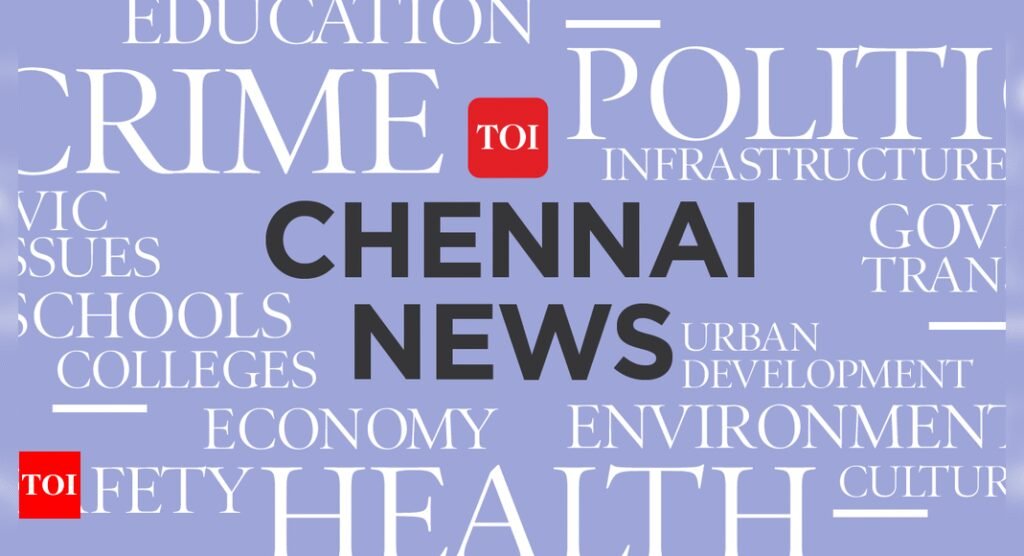Status: clearedChennai: Chennai reported 522 dengue cases in 2025 until July 8, compared to 381 cases recorded between January and July 2024. The surge in cases has forced the Greater Chennai Corporation to intensify source reduction drives further across the city.Officials in the vector control department of the civic agency said the incidence of dengue cases was higher in zones where the outcomes for source segregation were higher. Among the city zones, Adyar reported the highest number of dengue cases as of the second week of July this year, with 111 cases, followed by Shollinganallur with 63 cases. In June, the vector control department of the Greater Chennai Corporation (GCC) cleared more than 23 tonnes of waste that serve as mosquito breeding grounds, including 2,690 kg of used tyres and 20,455 kg of water-holding containers such as broken pots and drums, across the city. The staff cleared 3,596 kg of waste—the highest in the city—from Adyar during the source reduction drive in June.The dengue-causing Aedes mosquito breeds in clean stagnant water found in homes and neighbourhoods, not in sewage canals. “Water inside tyres, broken containers, and sunshades can collect rainwater and turn into breeding spots. The water inside refrigerators inside the house is another source,” said S Selvakumar, GCC’s vector control officer.In 2023 and 2024, Adyar topped the city with over 250 cases each year, while Royapuram and Tondiarpet usually reported the least, with averages around 57 and 63 cases per year. Epidemiologists say these figures may represent not the incidence, but better reportage by doctors and hospitals in a particular area. For instance, in Royapuram, which recorded only 6 cases this year, residents say the numbers don’t reflect the actual reality. “Two months ago, a child on my street had dengue. When I informed the sanitation worker, they were clueless and asked me for details. That’s how bad things are here, no fogging or cleaning drives either,” said Ramesh R from Old Washermanpet.Data from GCC records show that in Chennai, where the disease occurs throughout the year, there is a surge between August and October, and the disease peaks in September-October. The Dengue Bulletin 2020, released by the World Health Organisation, also pointed this out. A study by the directorate of public health showed that across Tamil Nadu, there is an increase in dengue incidence during the monsoon in August.Since 2012, there have been two peaks—one in 2012 with 13,204 cases across TN and the other in 2017 with 23,294 cases. “Intermittent rains during the southwest monsoon are risky. This stagnant water in small containers helps larvae grow,” said Director of Public Health Dr T S Selvavinayagam. “Most northeast rains are usually heavy spells. They wash away the larvae,” he said. Vector control teams have at least a week to 10 days to intensify measures before the next breeding starts, he said.Residents point out ongoing development work, such as Metrorail or stormwater construction, has slowed down vector control measures in several areas, increasing the risk of outbreak. Officials disagree. “Besides frequent source elimination, we have 2,400 domestic breeding checkers. Each of them inspects more than 500 houses a week throughout the year. This is our most effective measure,” the official said. The GCC uses fogging and fines based on reports of dengue. “But awareness among people to keep premises clean will help,” he said.– EOM – Includes graphicMSID:: 122798208 413 |


